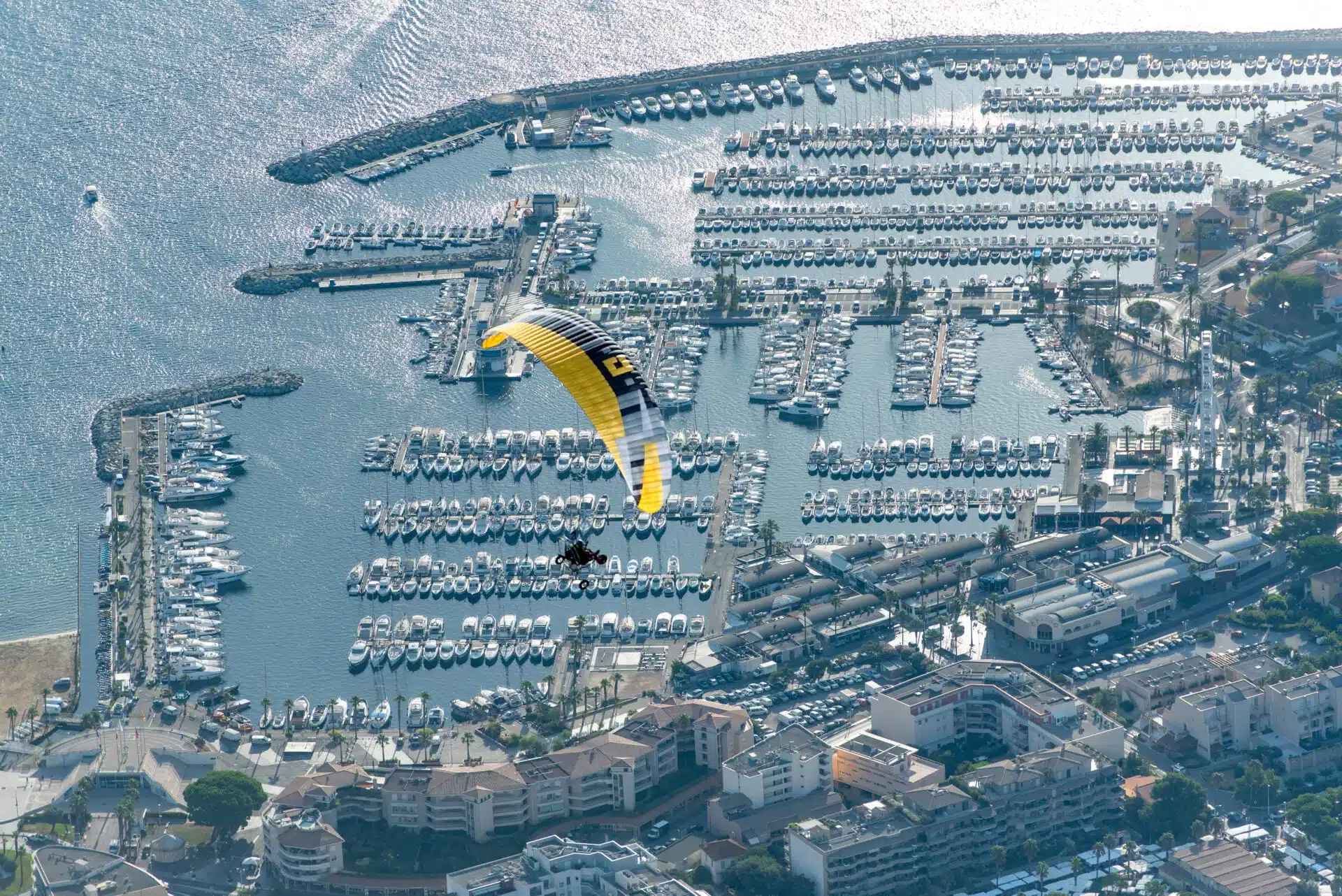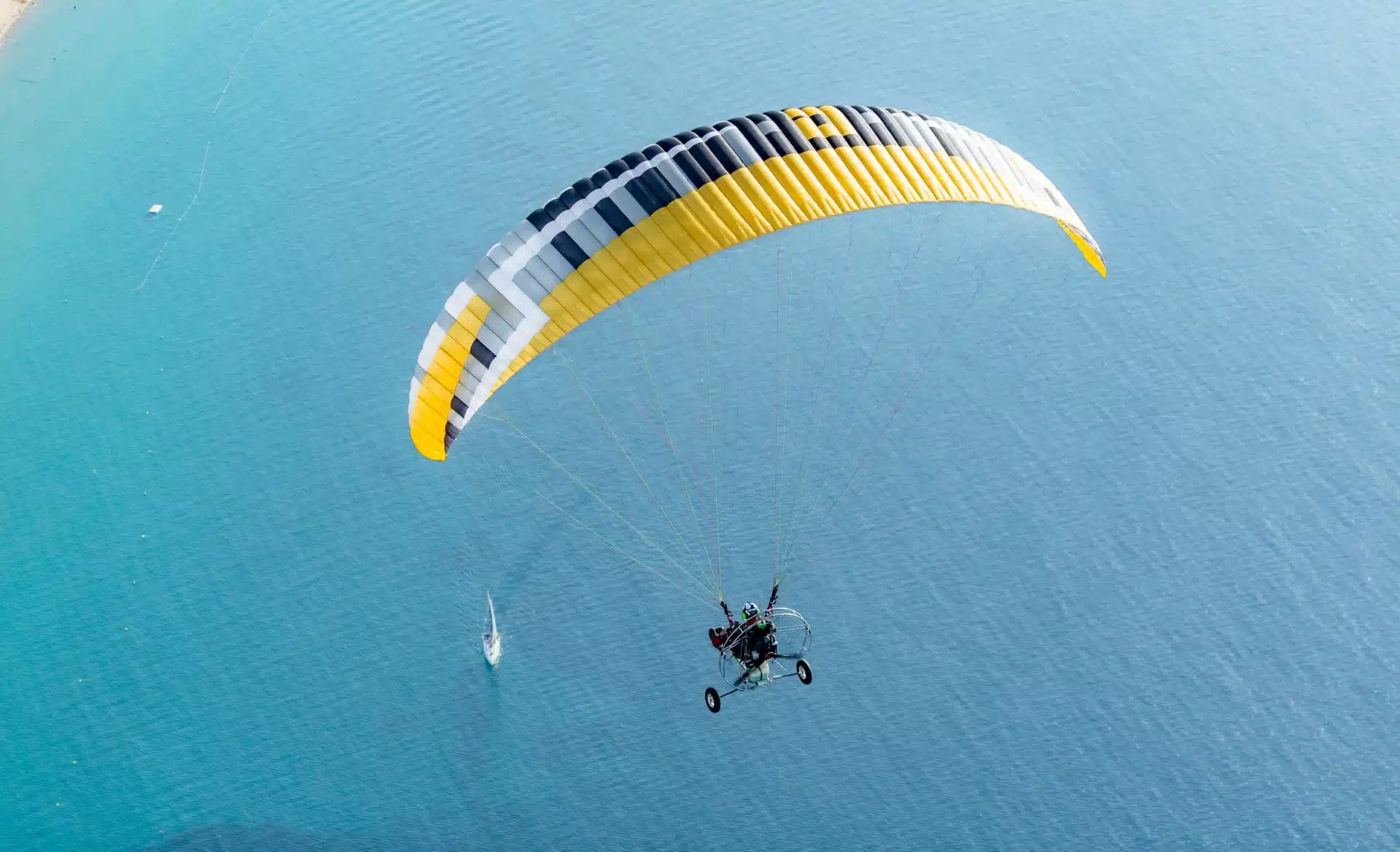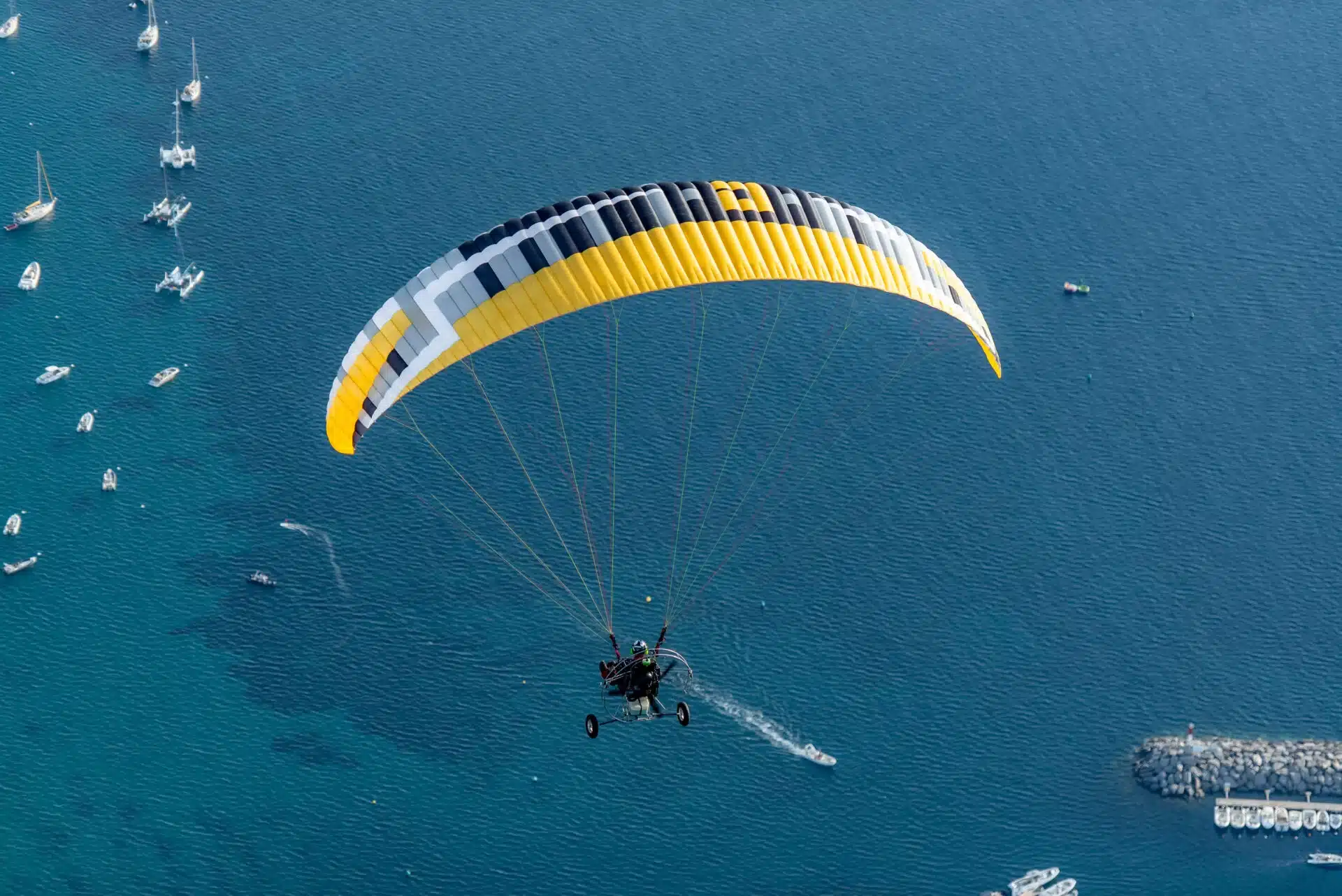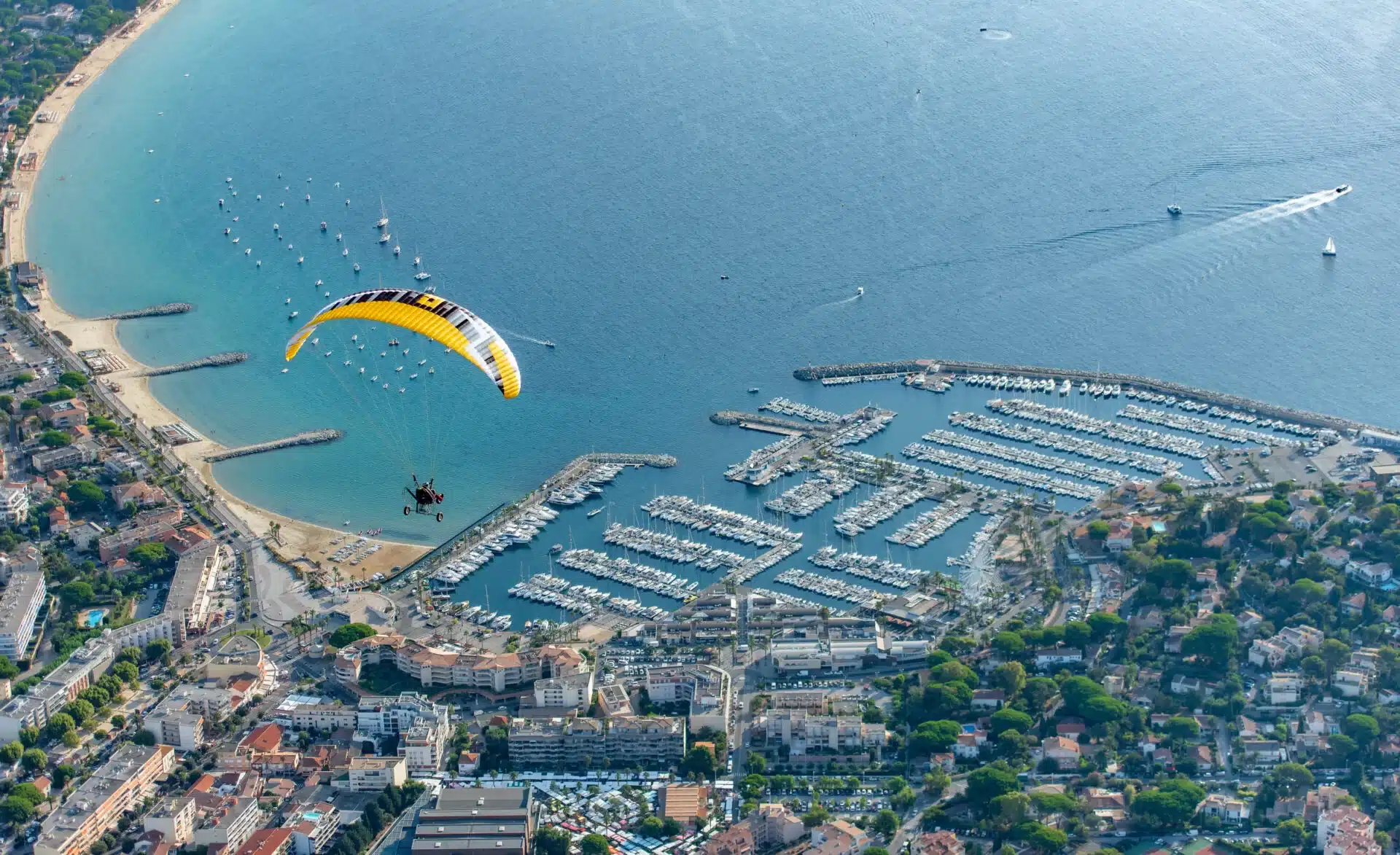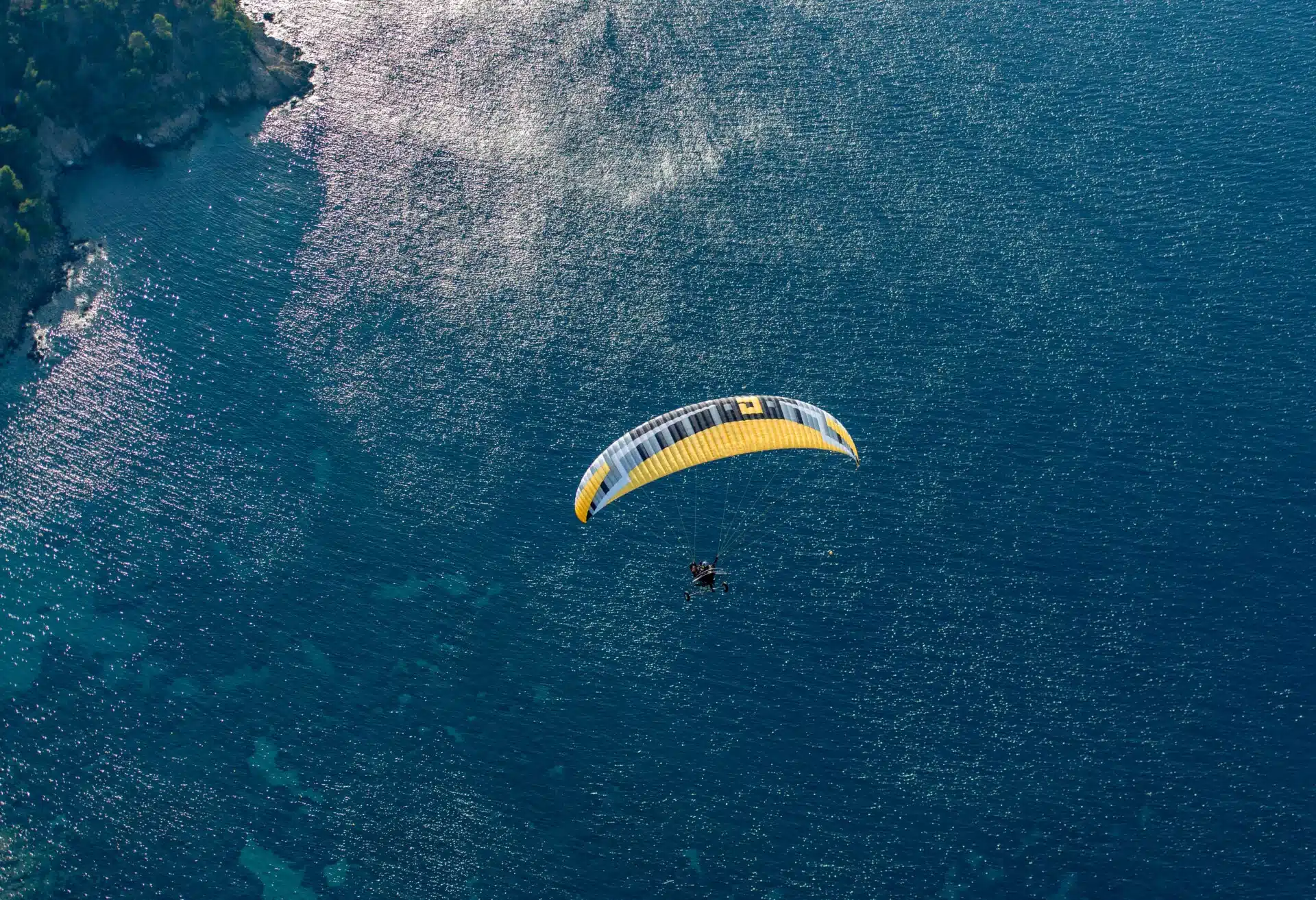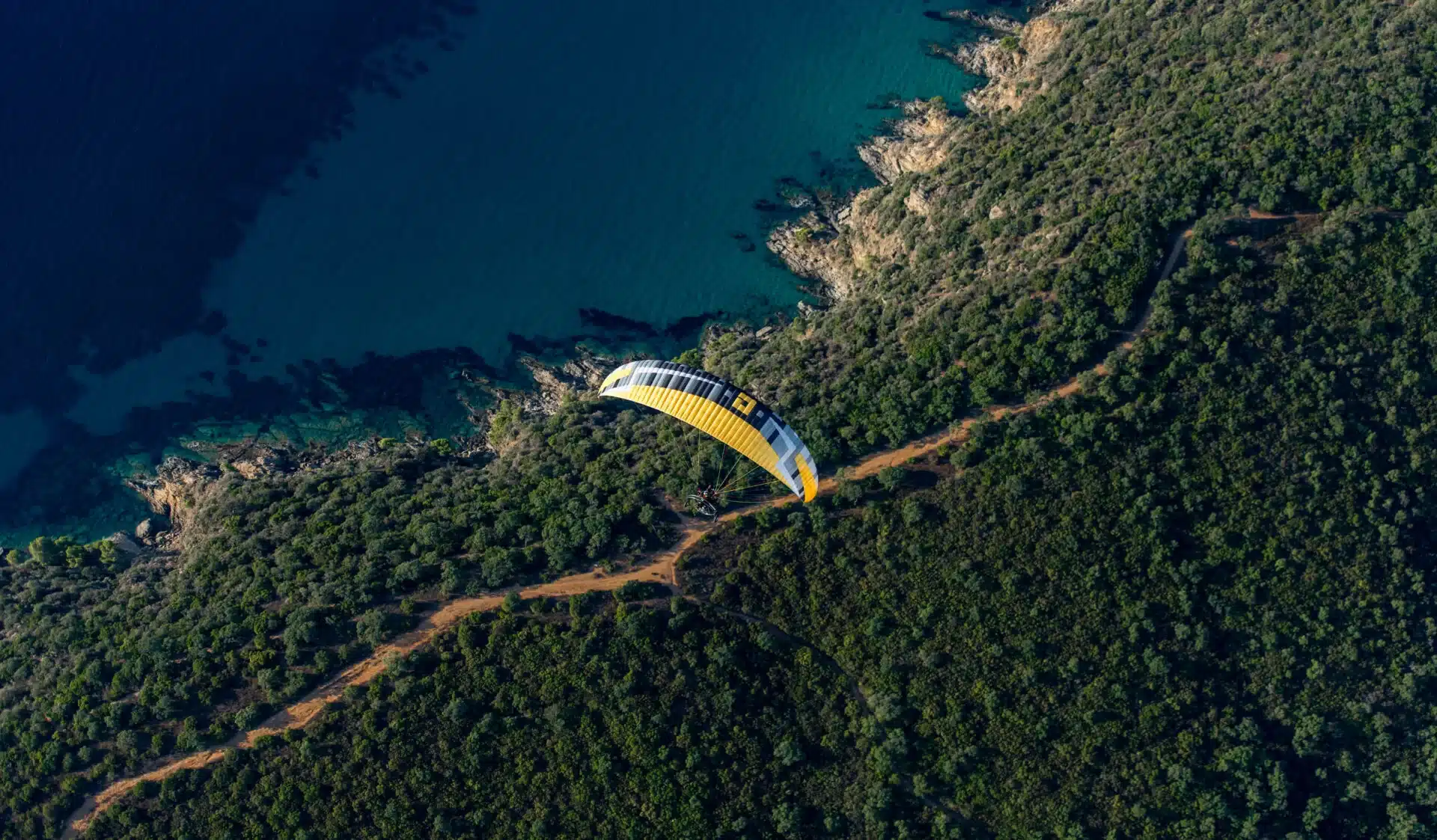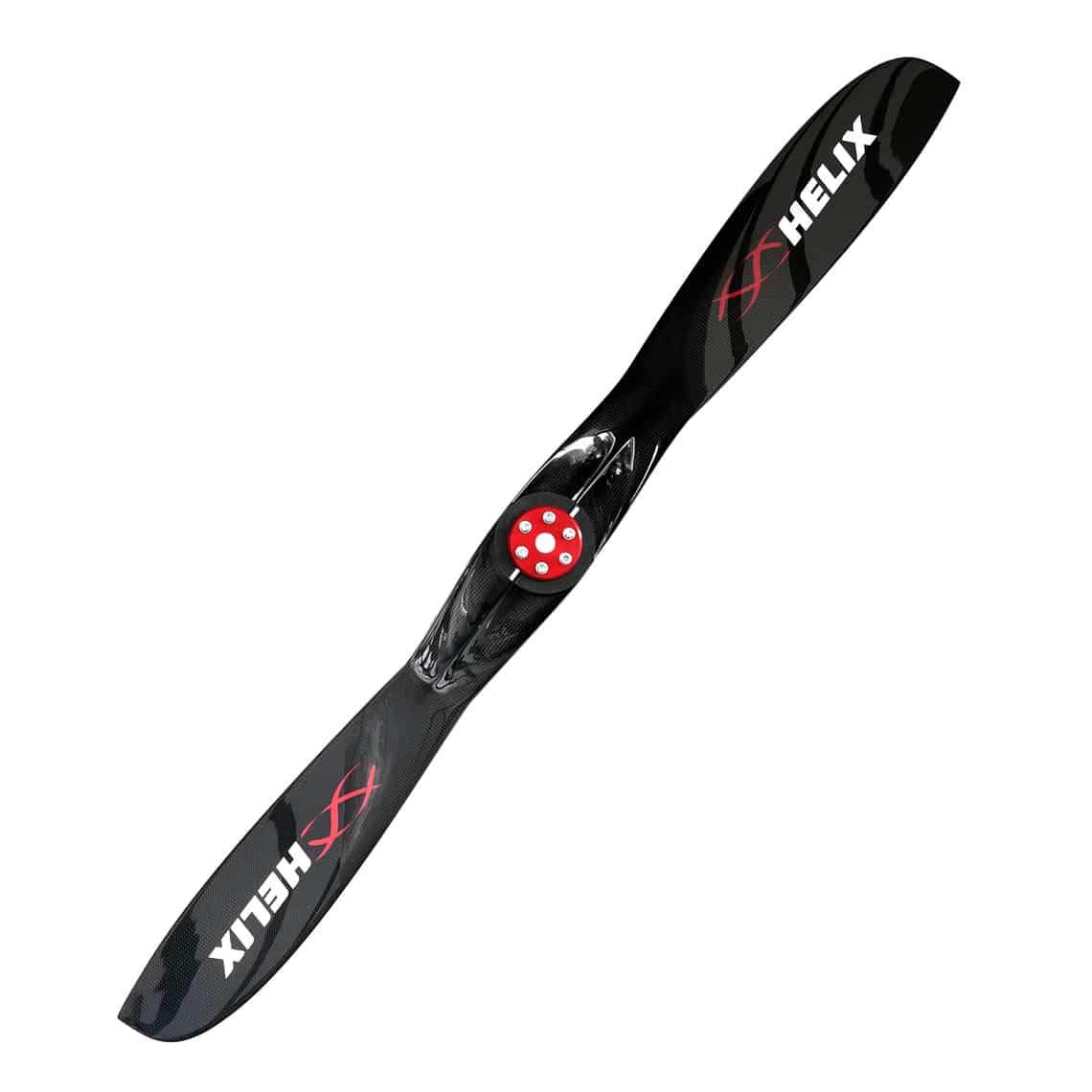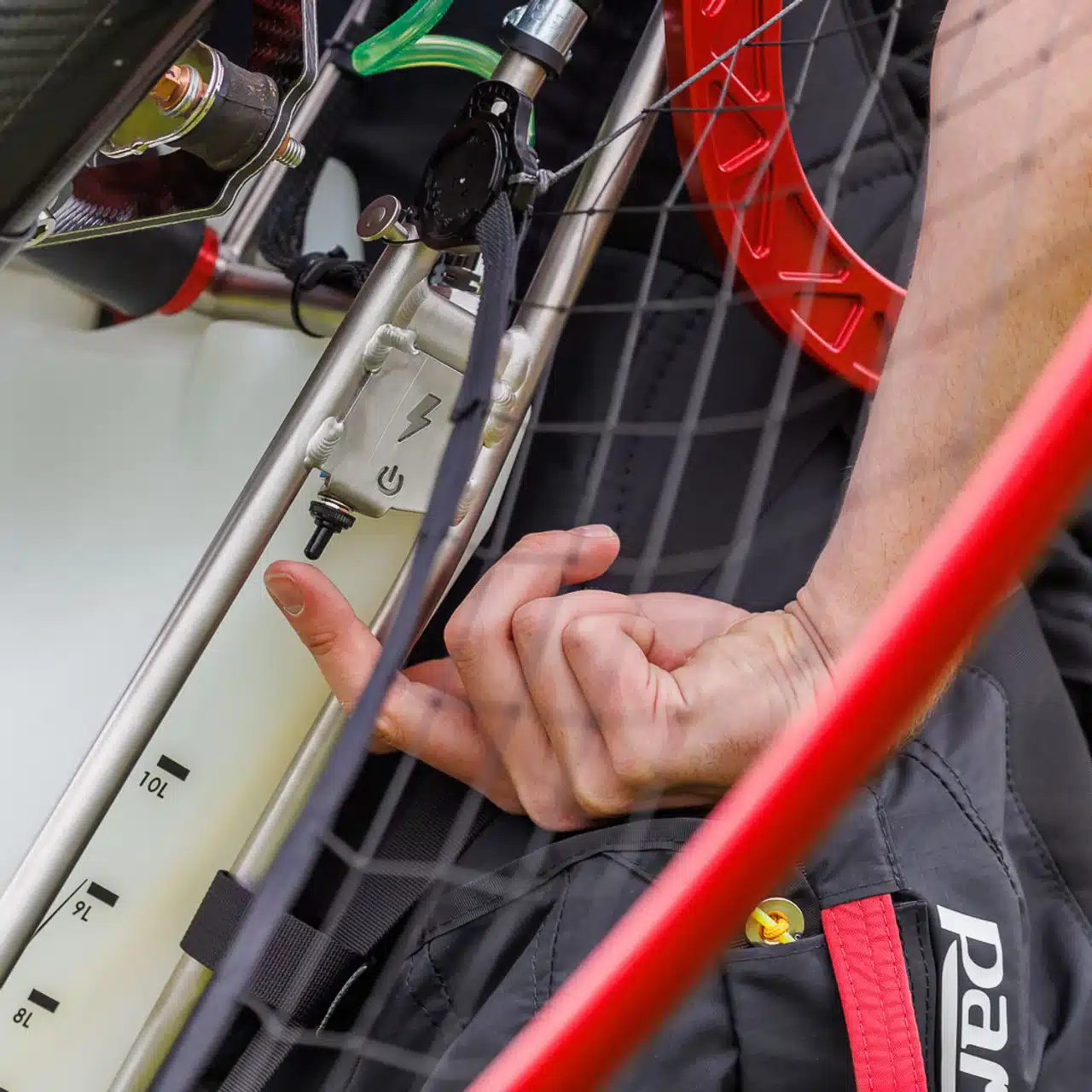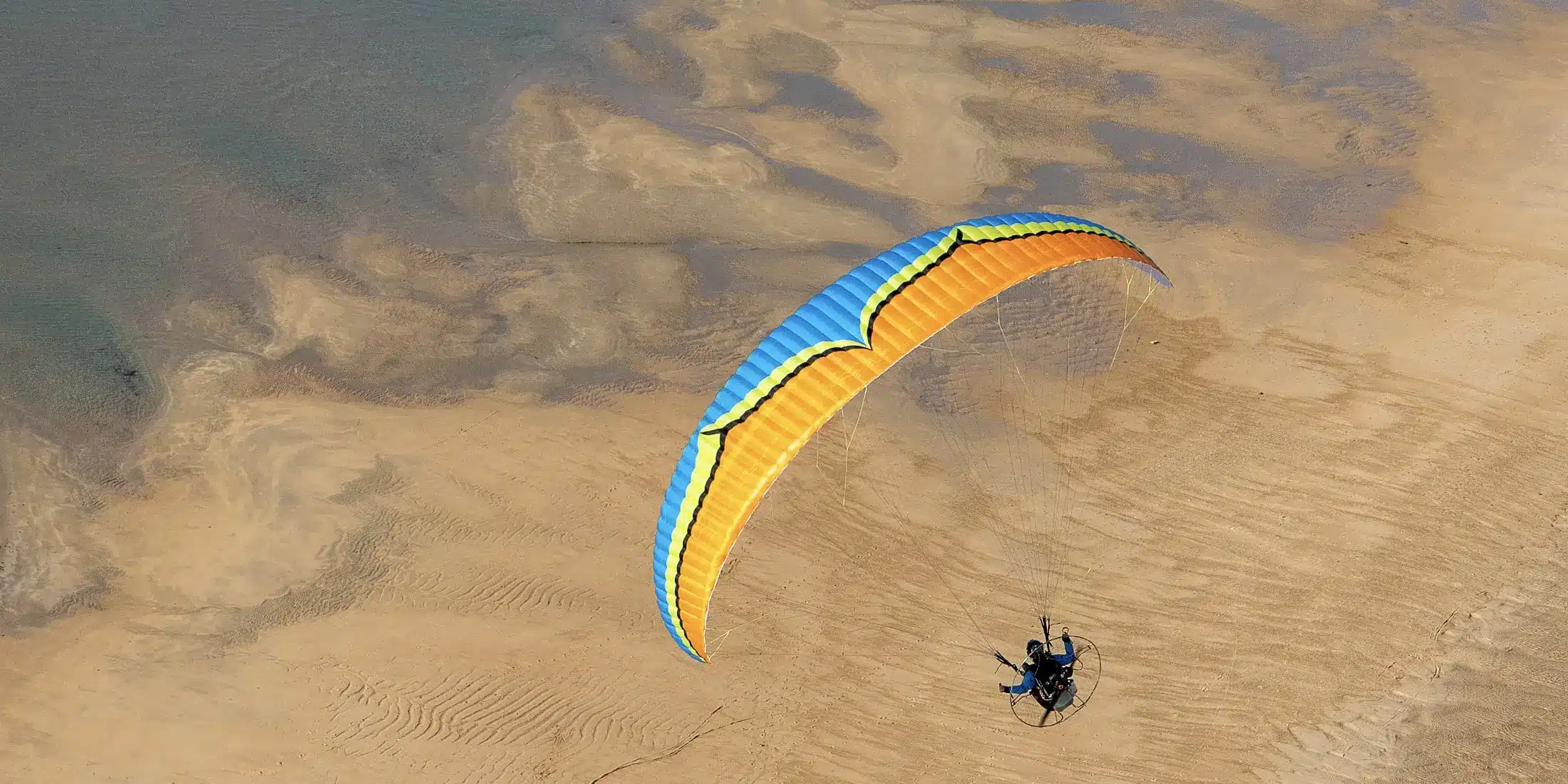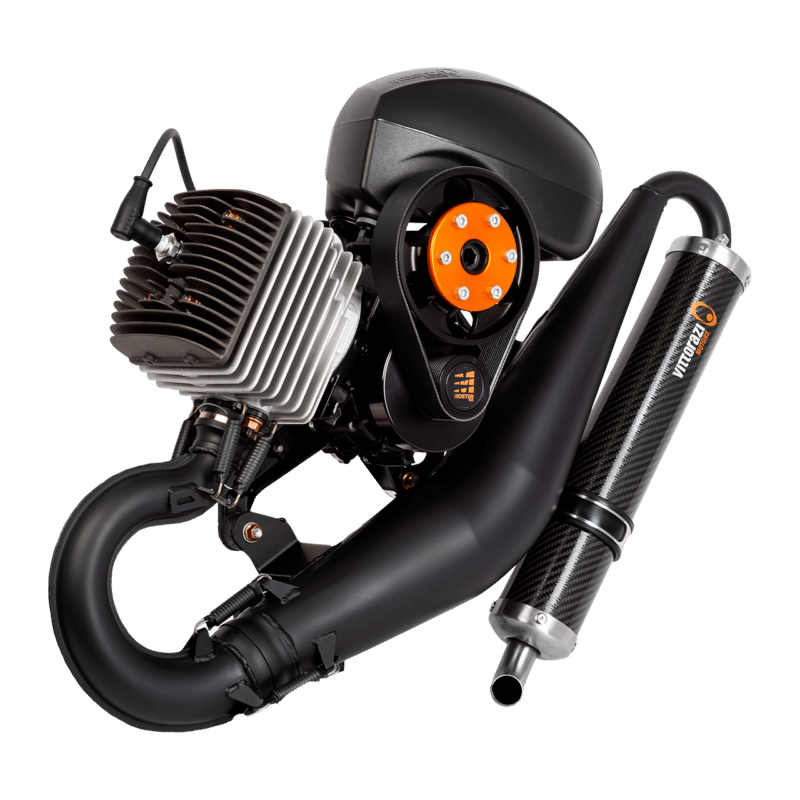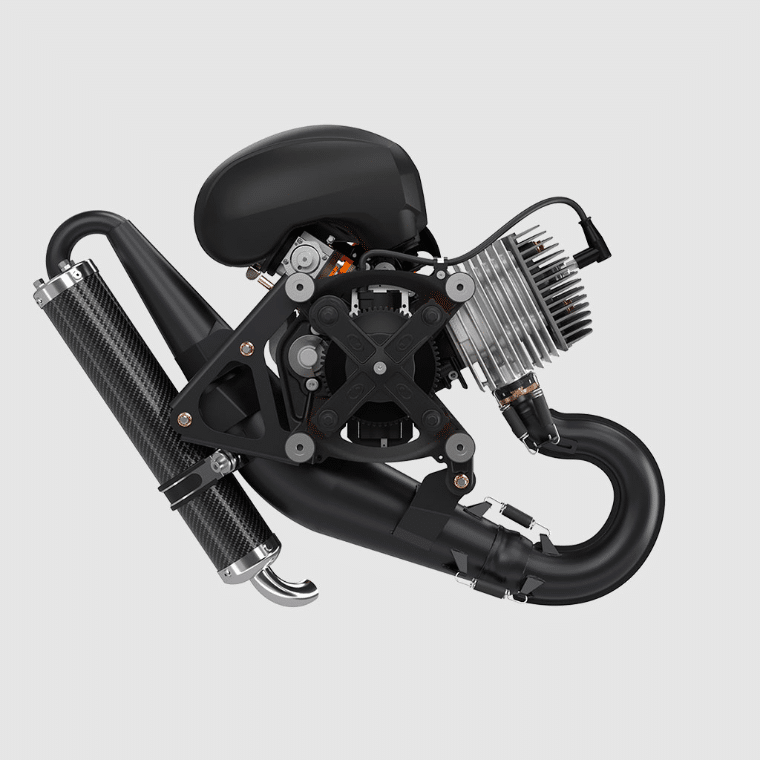Boson
$4,400.00
A wing for experienced pilots, allowing you to reach higher level of sport and cross-country flying
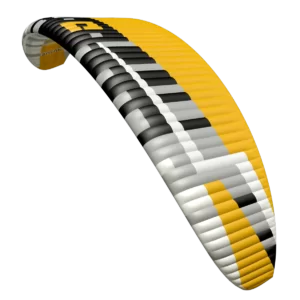
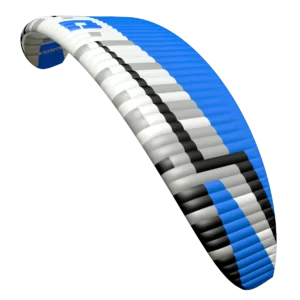
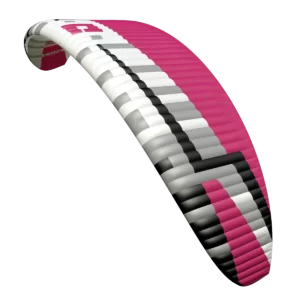
Description
TECHNICAL DETAILS
| Name / size | Boson 31 | Boson 34 |
| Approval – ULM identification | yes | yes |
| Trimmer | yes | yes |
| Speed system | yes | yes |
| Cell number | 60 | 60 |
| Surface flat [m2] | 31 | 34 |
| Surface projected [m2] | 26.73 | 29.32 |
| Wingspan flat [m] | 13.52 | 14.16 |
| Wingspan projected [m] | 11.06 | 11.58 |
| Aspect ratio flat | 5.90 | 5.90 |
| Aspect ratio projected | 4.57 | 4.57 |
| Sink rate [m/s] | min = 1.4 (+/ – 0,3m/s) | |
| Speed* [km/h] | min= 35; trym = 45-65; max = 70 (+/ – 5km/h)* | |
| Lines length (incl. risers) [m] | 8.12 | 8.50 |
| Total lines length [m] | 386.55 | 446.79 |
| Take-off weight** [kg] | 140-260** | 170-300** |
| Max take-off weight – competition*** [kg] | 300*** | 350*** |
| Distance betwen risers [cm] | 60 | 60 |
| Paraglider weight [kg] | 7.62 | 8.20 |
| Lines | A-8000U: 050; 090 / Technora: 90; 140; 190; 280; 340 / Dyneema: 350 | |
| Cloth | Porcher Classic 38 g/m2 / Porcher Everlast 42 g/m2 / Dominico tex 34 g/m2 / Porcher Hard 40g / SR Scrim / SR Laminate 180g | |
* Speeds are given as estimated for the middle wing size and the middle of its weight range. These speeds can vary within +/- 5 km / h depending on the size, take-off weight and additional factors such as air pressure and temperature.
** The basic rule is to choose the size of the wing so that the take-off weight is in the middle of the weight range. Less weight on the wing (lower range take-off weight) can be considered for foot take-off, when flying in calmer conditions, or when we want to improve economy. More experienced pilots who want to fly dynamically, have higher speed and fly in more demanding wind conditions can consider greater wing loading (take-off weight in the upper range). This is a common option among trike users.
*** Note – the canopy significantly changes its behavior with increasing wing loading. The greater the loads, the greater skill and concentration of the pilot are required.

